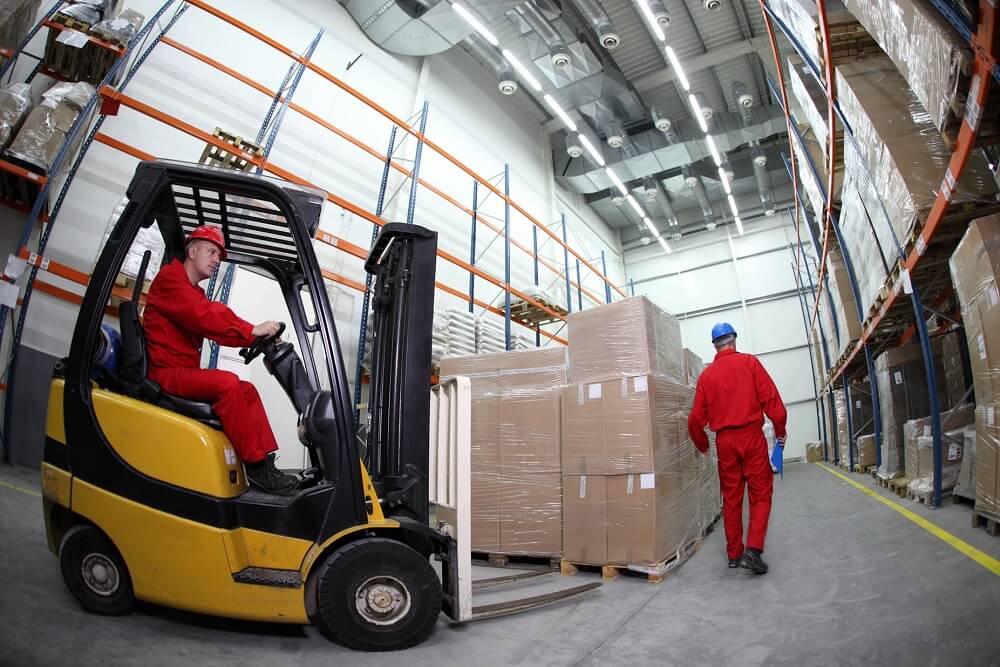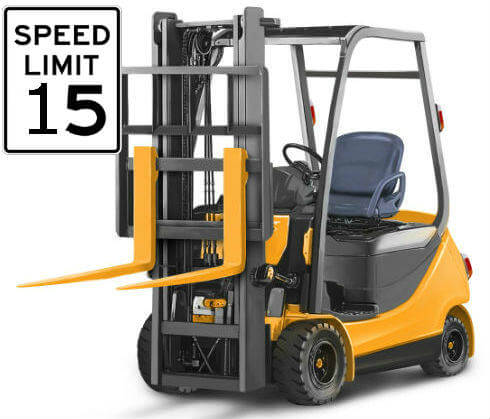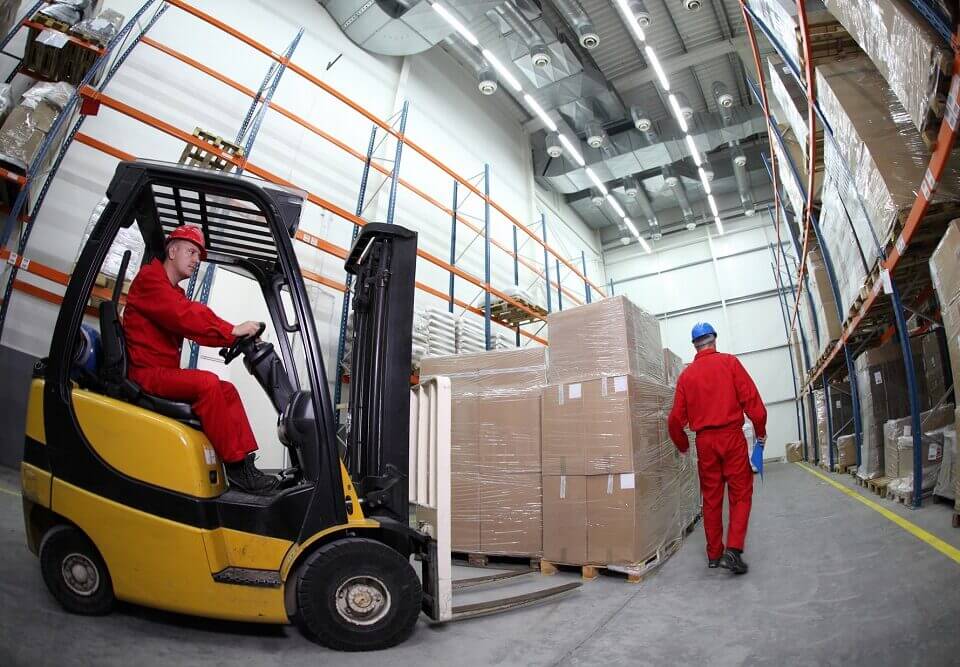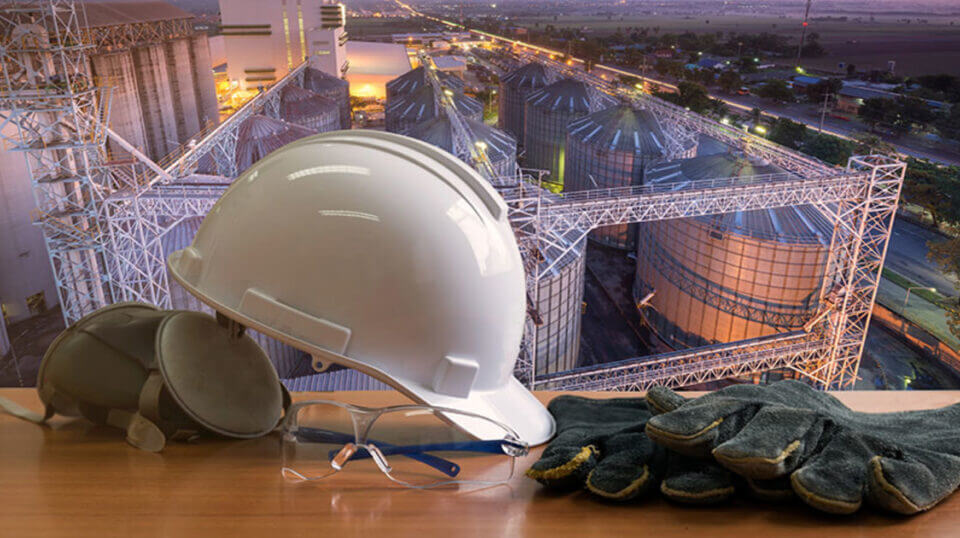
Enhancing Workplace Safety: Effective Strategies for Industrial Environments
July 18, 2022
Enhancing Safety in Manufacturing: A Guide to Effective Pedestrian Walkway Markings
July 18, 2022
Enhancing Workplace Safety: Effective Strategies for Industrial Environments
July 18, 2022
Enhancing Safety in Manufacturing: A Guide to Effective Pedestrian Walkway Markings
July 18, 2022Forklift accidents are a major contributor to workplace hazards, often resulting in severe injuries and fatalities. According to the Canadian Center for Occupational Health and Safety (CCOHS), there has been a troubling rise in work-related deaths, with a significant number linked to forklift incidents. These accidents, frequently caused by overspeeding, improper load handling, and poor communication, highlight the urgent need for enhanced safety measures and comprehensive training. Understanding and addressing the risks associated with forklift operations—such as their weight, speed, and braking systems—is essential for creating safer workplaces.
Understanding Forklift Dynamics
Size and Speed Concerns: Forklifts, which can weigh up to 9,000 pounds and reach speeds of 18 mph, present considerable dangers due to their mass and velocity. The substantial size and speed of forklifts necessitate strict safety protocols and designated operational areas to prevent accidents.

Braking and Handling Challenges: The unique design of forklifts, featuring front brakes and uneven weight distribution, complicates their maneuverability. Recognizing these operational challenges is vital for developing effective training programs and safety measures.
Addressing Steering and Visibility Issues
Rear-Wheel Steering: Forklifts usually steer with their rear wheels, causing the back end to swing outwards and increasing the risk of tip-over accidents. Understanding this design aspect is crucial in training operators and designing safer workspaces.
Obstructed Views: Loads positioned on the front forks often block the operator's view, leading to collisions and accidents. Implementing strategies to enhance visibility and awareness can significantly reduce these risks.
Proactive Measures to Reduce Forklift Accidents
Segregating Pedestrians: Creating dedicated lanes and barriers to separate forklifts from pedestrian areas can drastically lower the chances of collisions. Simple measures such as guardrails, bright floor tape, and designated walkways contribute to a safer workplace.
Enhancing Worksite Lighting: Better lighting improves visibility for both operators and pedestrians, aiding in navigation and reducing the likelihood of accidents.
Load Management: Limiting the weight carried by forklifts enhances maneuverability and visibility, reducing the risk of dangerous tip-overs.
Anti-Collision Systems: Using warning systems like alarms, strobe lights, and proximity sensors increases awareness and helps prevent accidents by alerting both operators and pedestrians to potential hazards.
While forklifts are essential in industrial operations, the associated risks demand proactive safety measures and ongoing improvements in training and workplace design. By understanding the challenges and making strategic investments in pedestrian segregation, improved lighting, load management, and anti-collision systems, businesses can significantly mitigate the risks of forklift accidents. For personalized support in industrial safety products and expert advice in signage and workplace safety, turn to EZSecur. Discover more at www.ezsecur.com.





